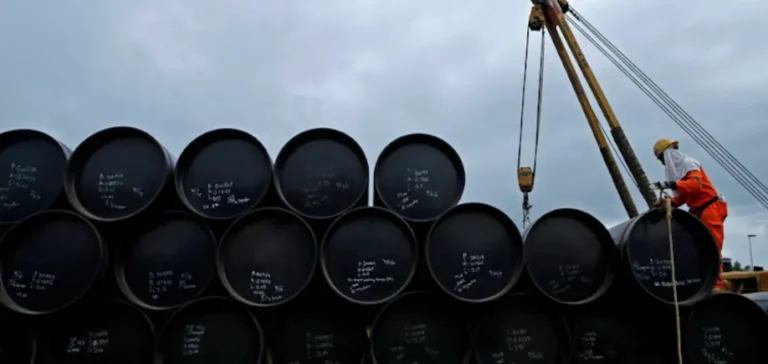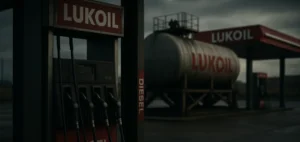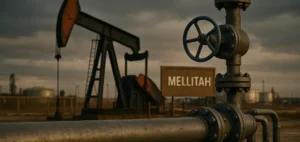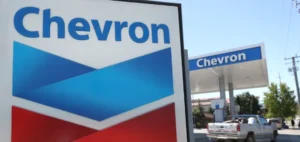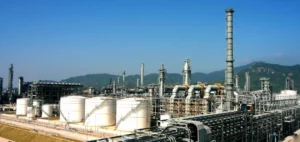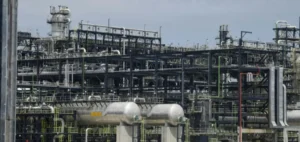Commercial crude oil reserves in the United States recorded a marked decline, contracting by around 3.2 million barrels in the week ending 18 July. This level surpasses the 1.5 million barrel drop anticipated by most analysts, reflecting an unusual dynamic in the North American oil market.
Export surge and import decline
The published data show that this decrease is mainly explained by a net increase in crude oil exports, up 9.6% over the period, while imports fell by 6.3% to reach their lowest level since late June. As a result, commercial crude stocks excluding the strategic reserve stood at 419 million barrels, bringing inventories back to their early July levels.
US strategic reserves also decreased, reaching 402.5 million barrels. However, the Cushing storage centre in Oklahoma, the main delivery hub for West Texas Intermediate (WTI), saw its own stocks rise by about 500,000 barrels.
Refining activity up, production down
US refineries increased their activity, utilising capacity at 95.5%, up from the previous week. This higher utilisation contributed to further drawdowns, while national crude production saw a slight decline, falling to 13.27 million barrels per day from 13.38 million.
Demand for petroleum products followed the trend, with the quantity of products supplied to the domestic market rising by 13.5%. This growth is mainly supported by a 5.6% increase in gasoline demand, although this figure remains below the 9 million barrels per day mark, a reference closely watched by sector participants.
Oil markets under pressure despite fundamentals
Despite factors traditionally seen as supportive for prices, the oil market continued to trend lower. The price of North Sea Brent for September delivery fell by 0.61% to $68.17, while WTI for the same period dropped by 0.67% to $64.87.
The release of these figures confirms the significance of logistics flows and domestic demand on the valuation of US crude. According to analysts, developments in fuel demand over the coming weeks remain a key focus for market participants.


